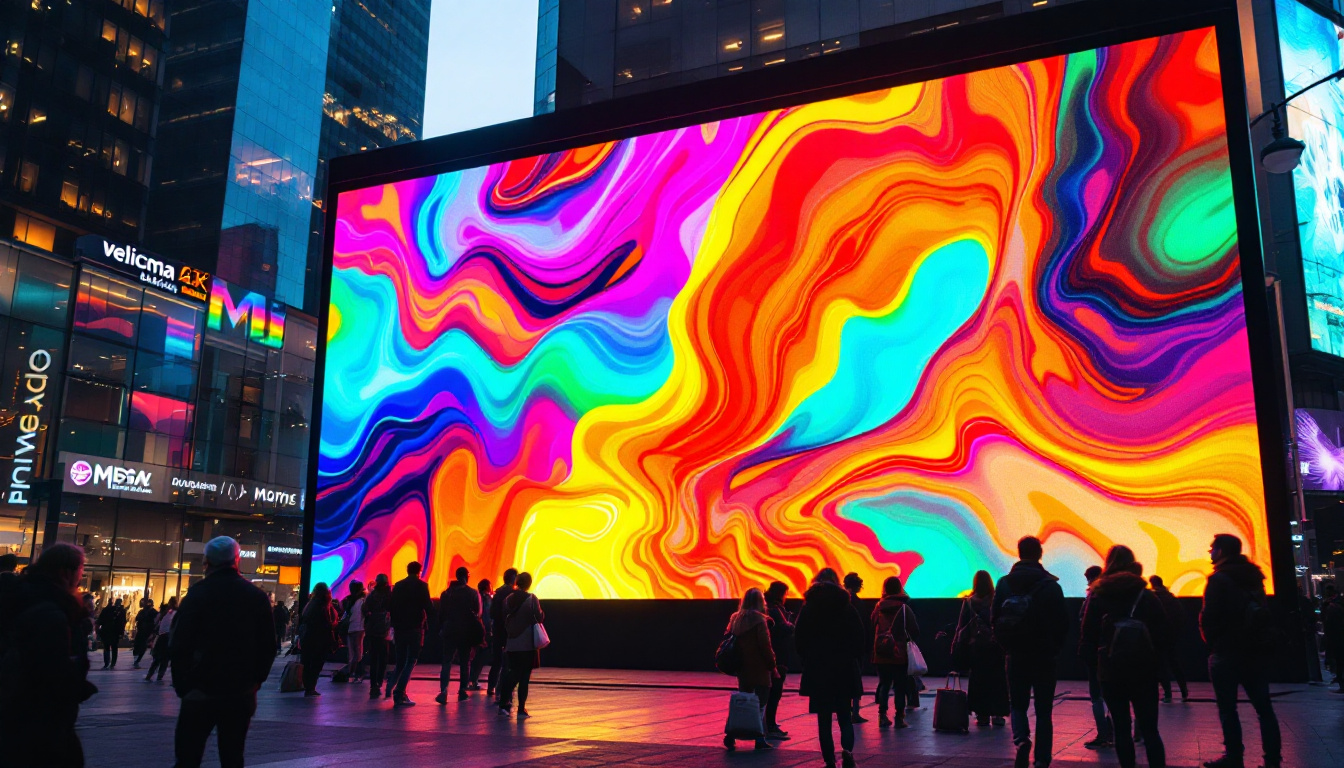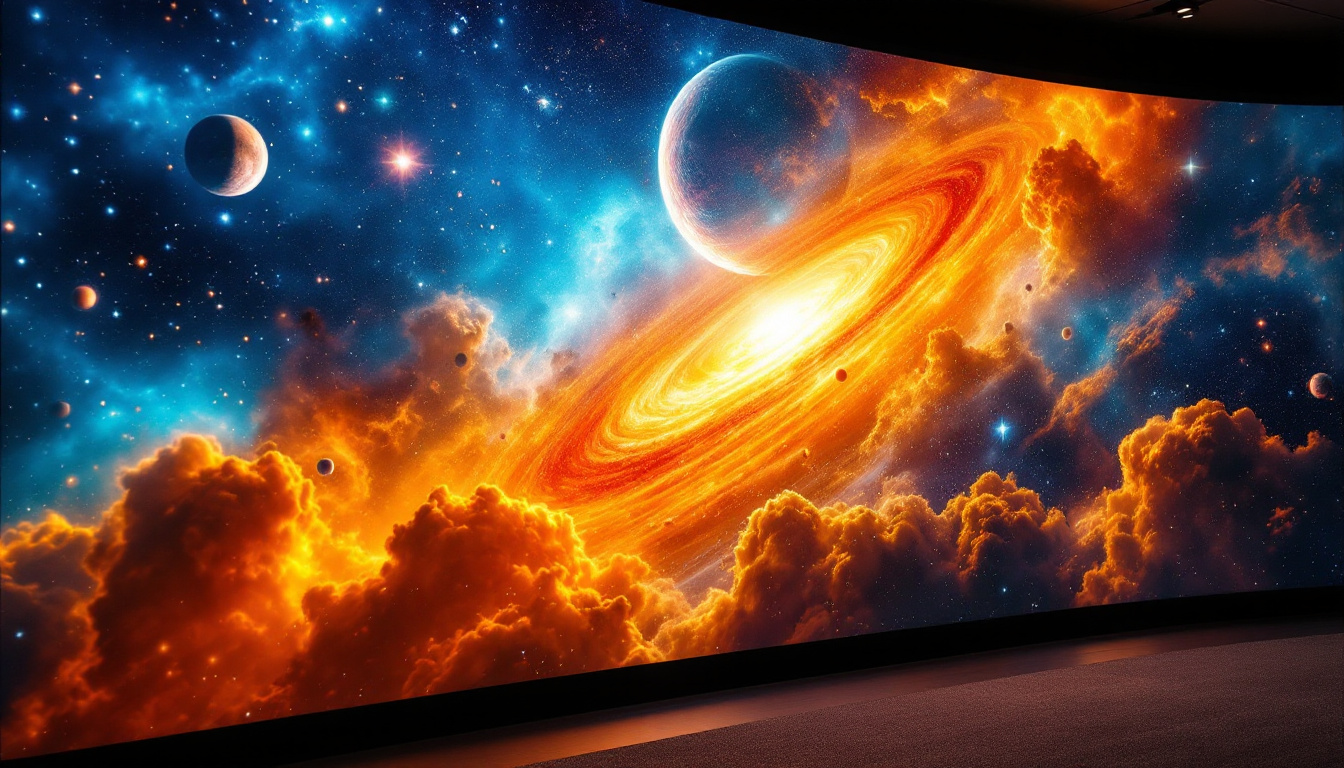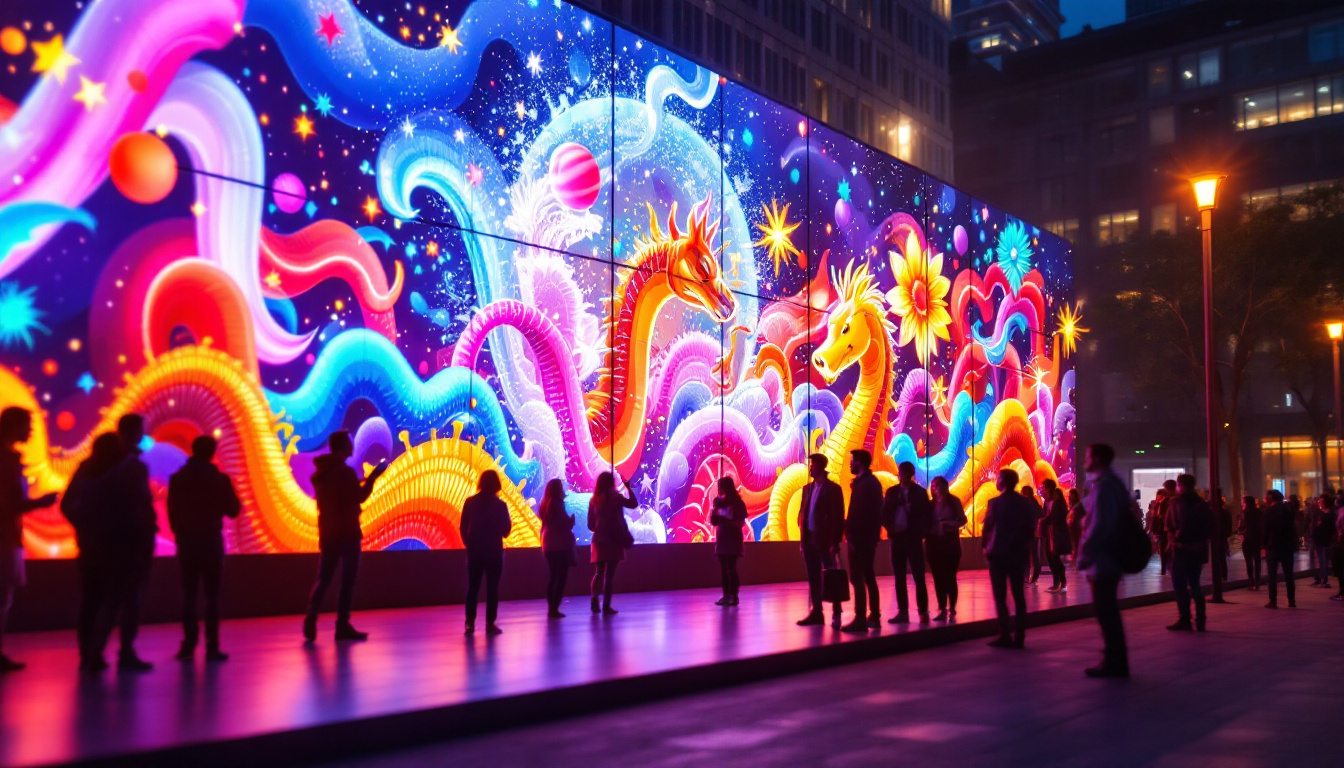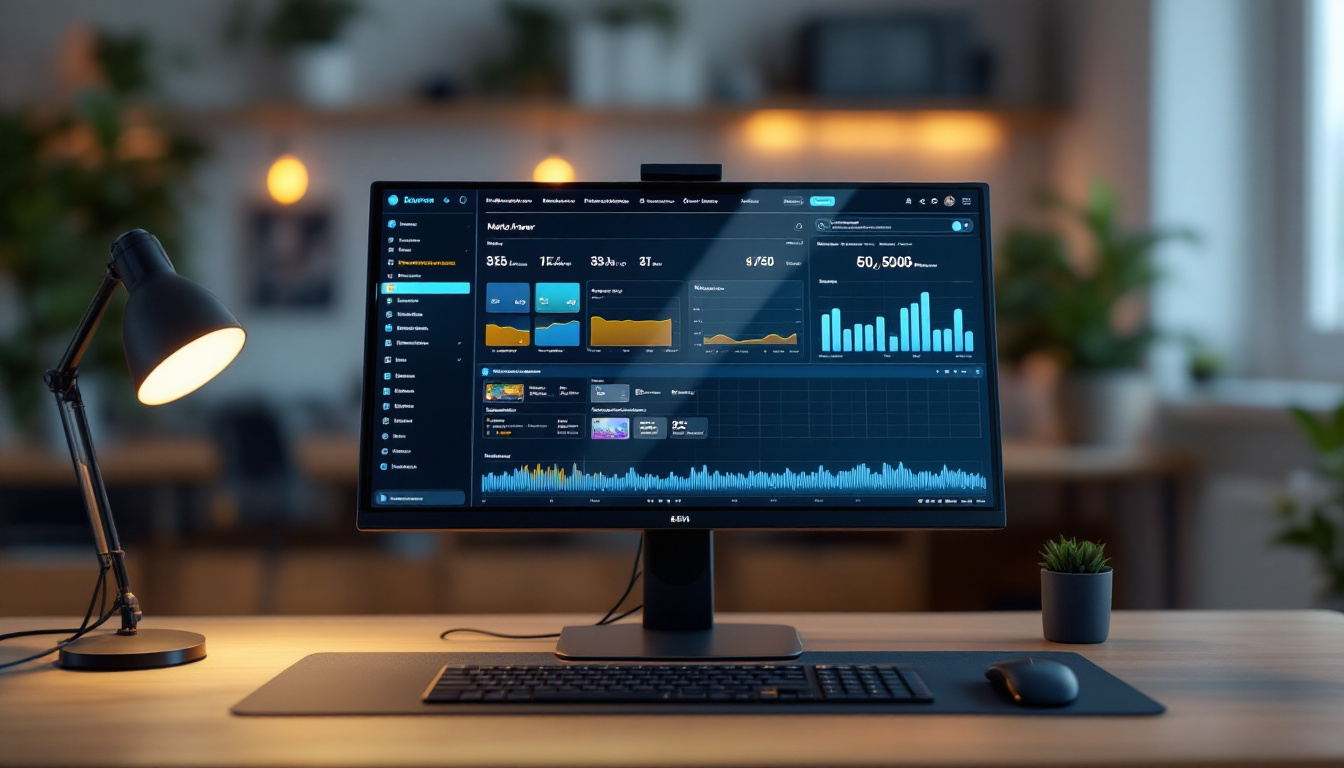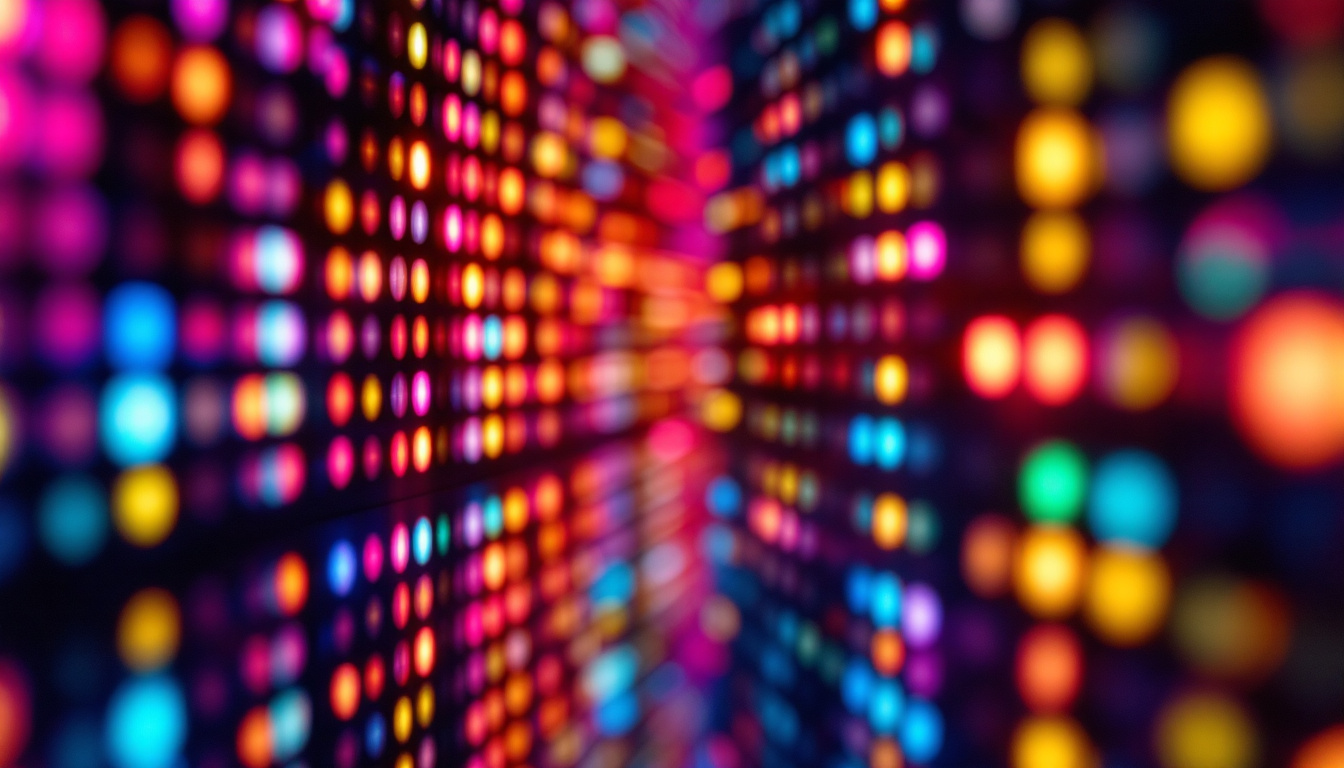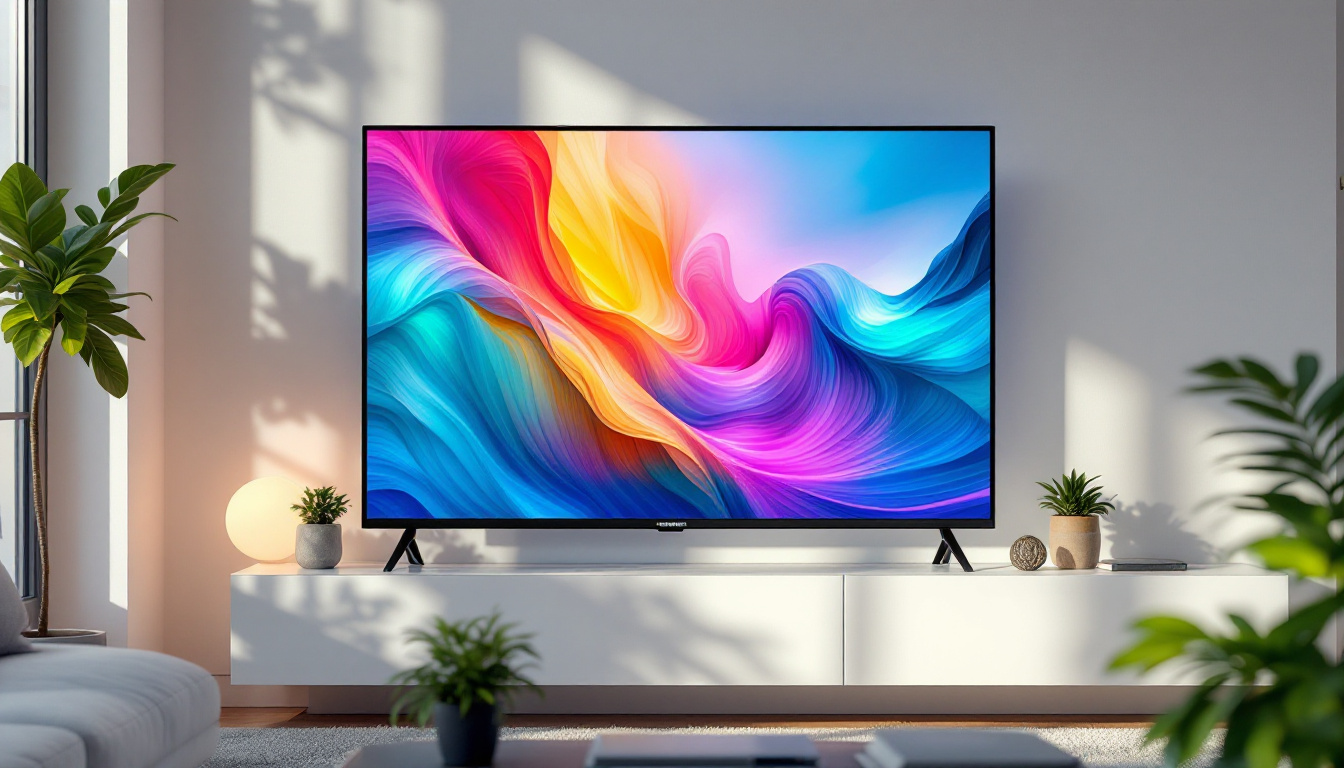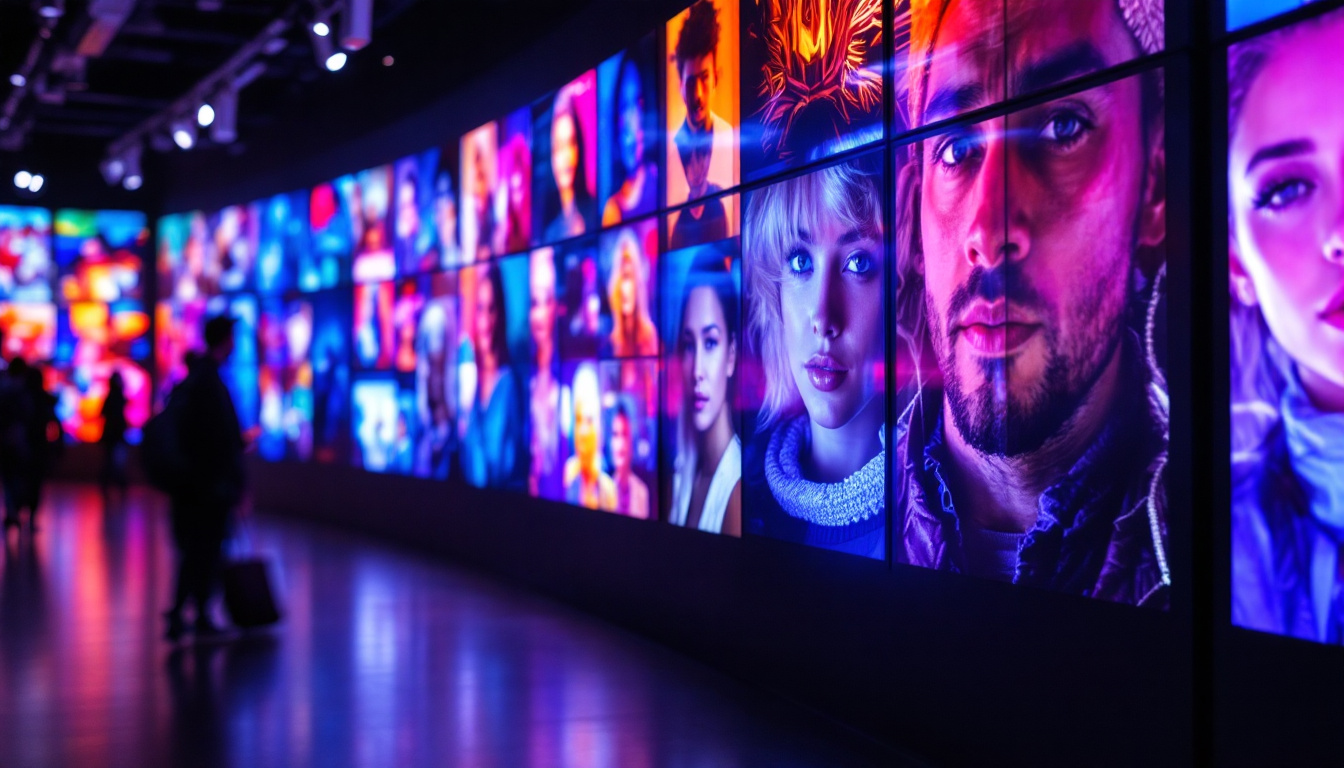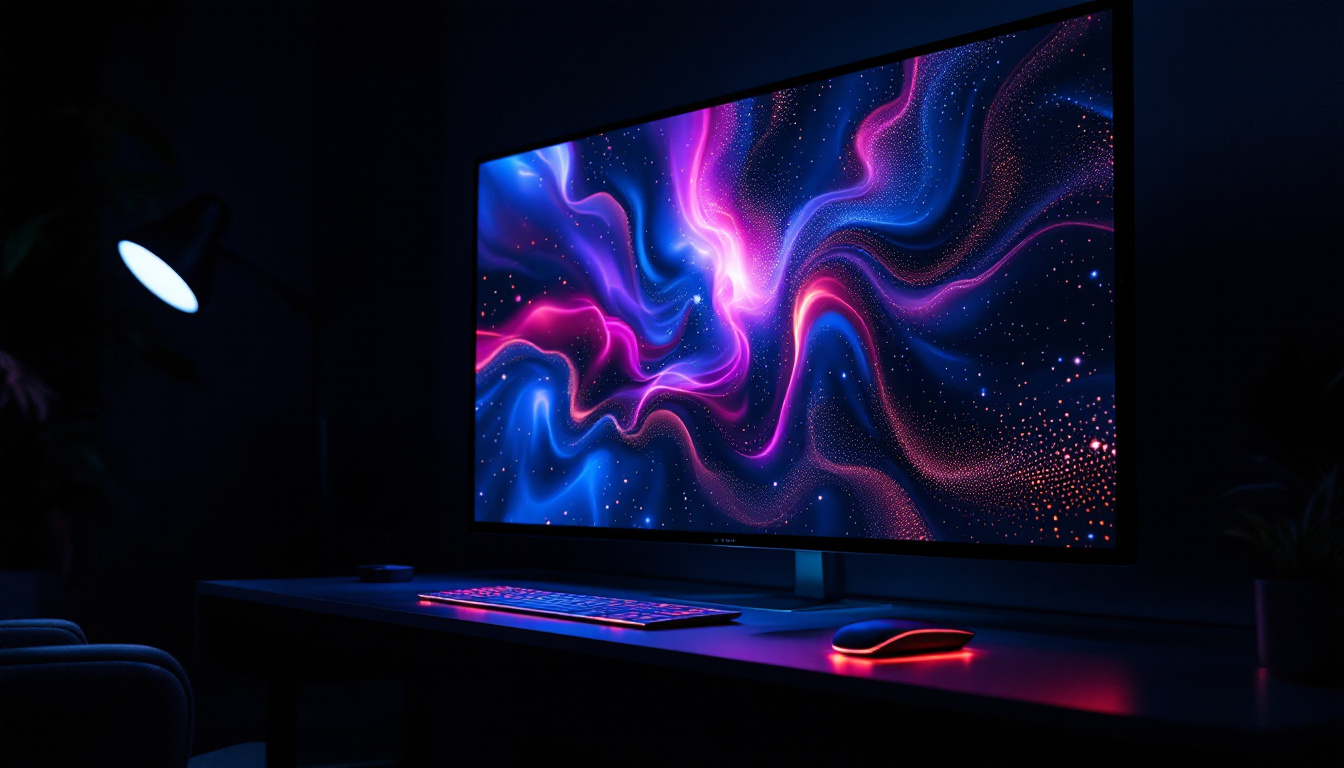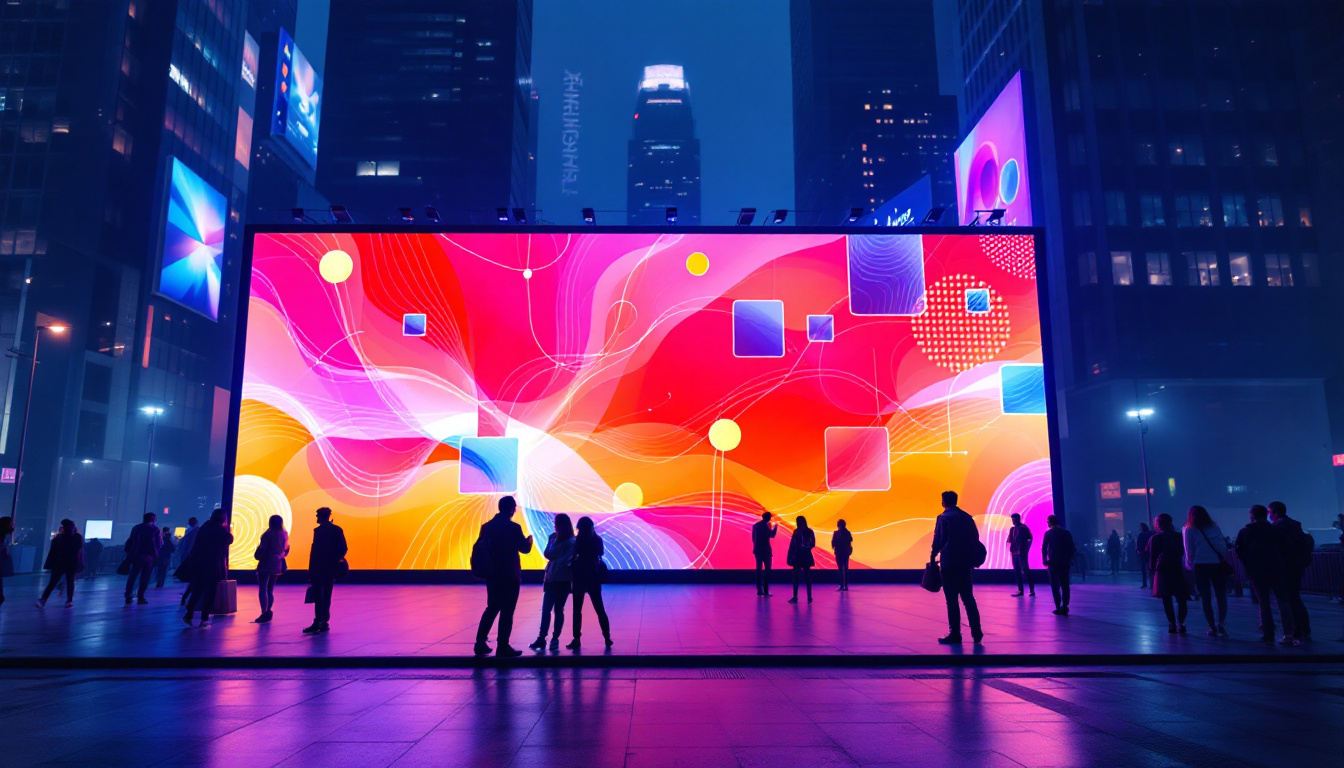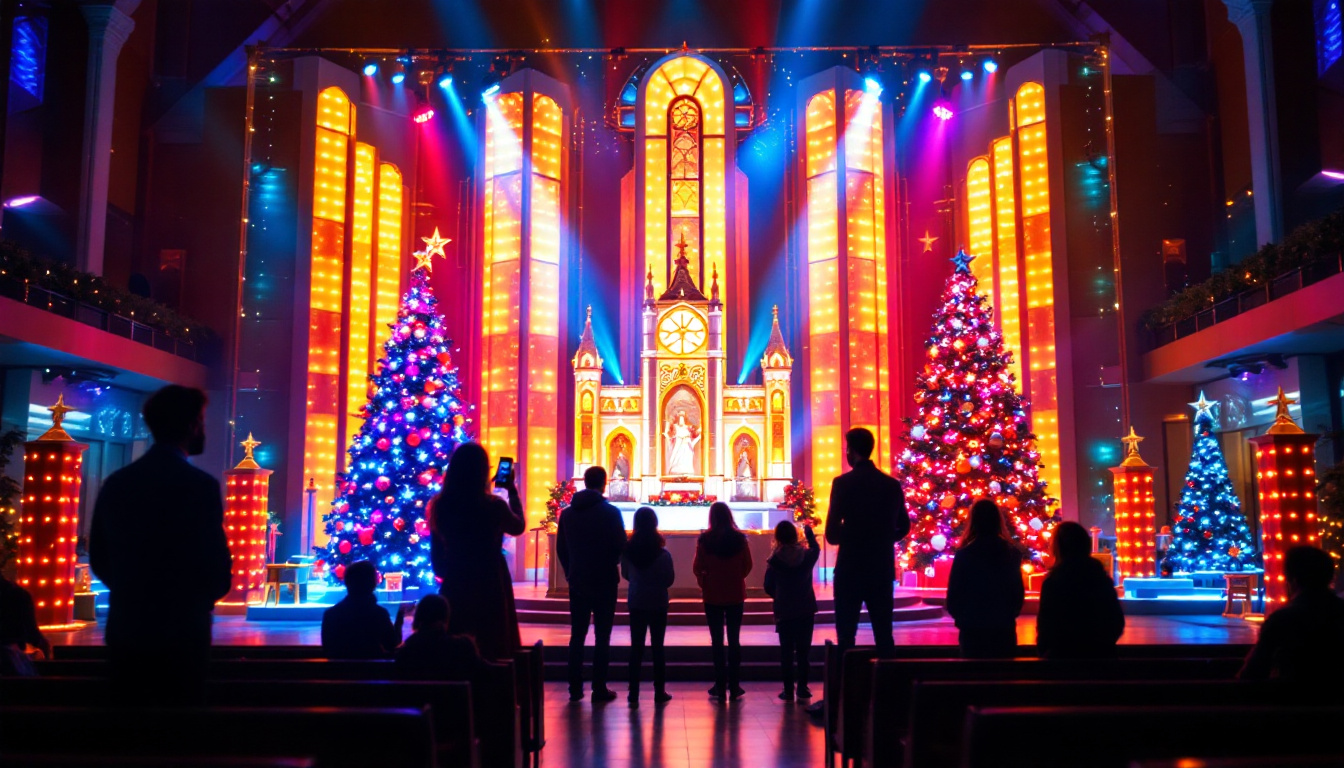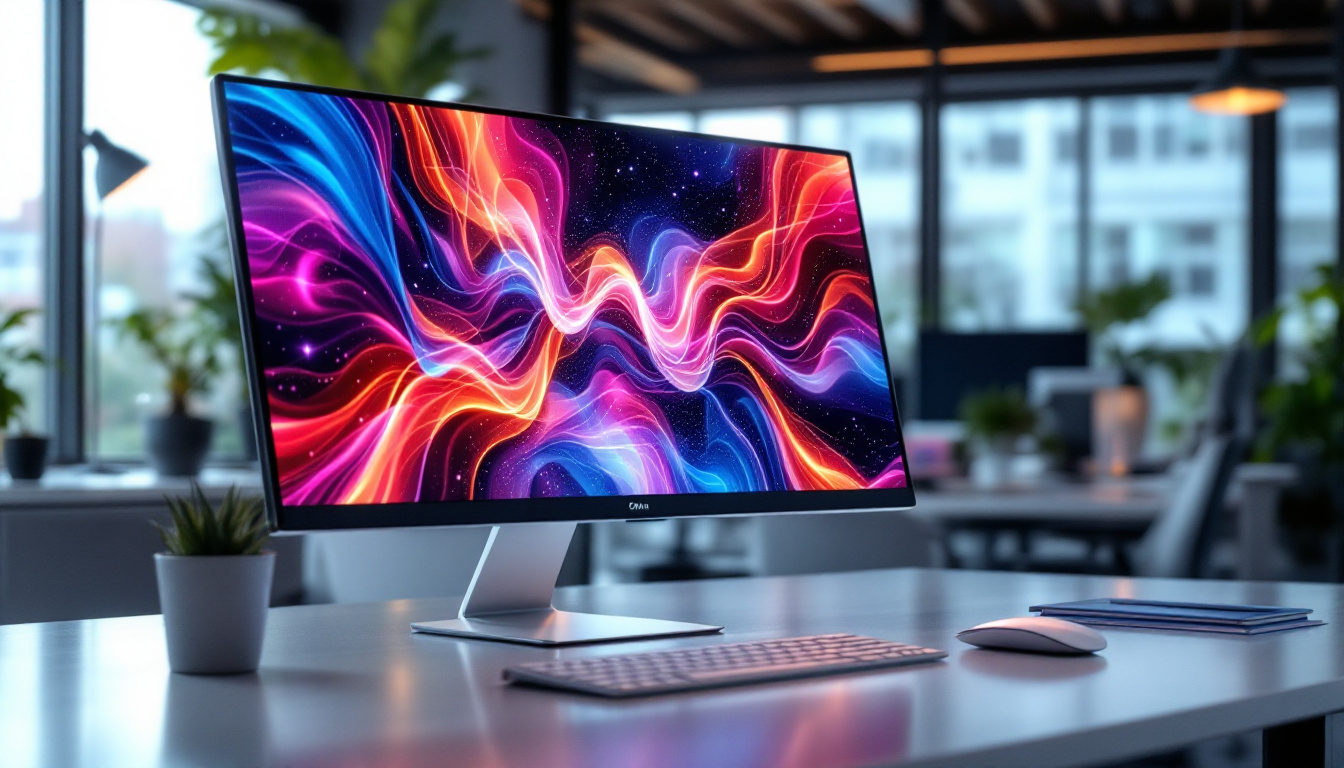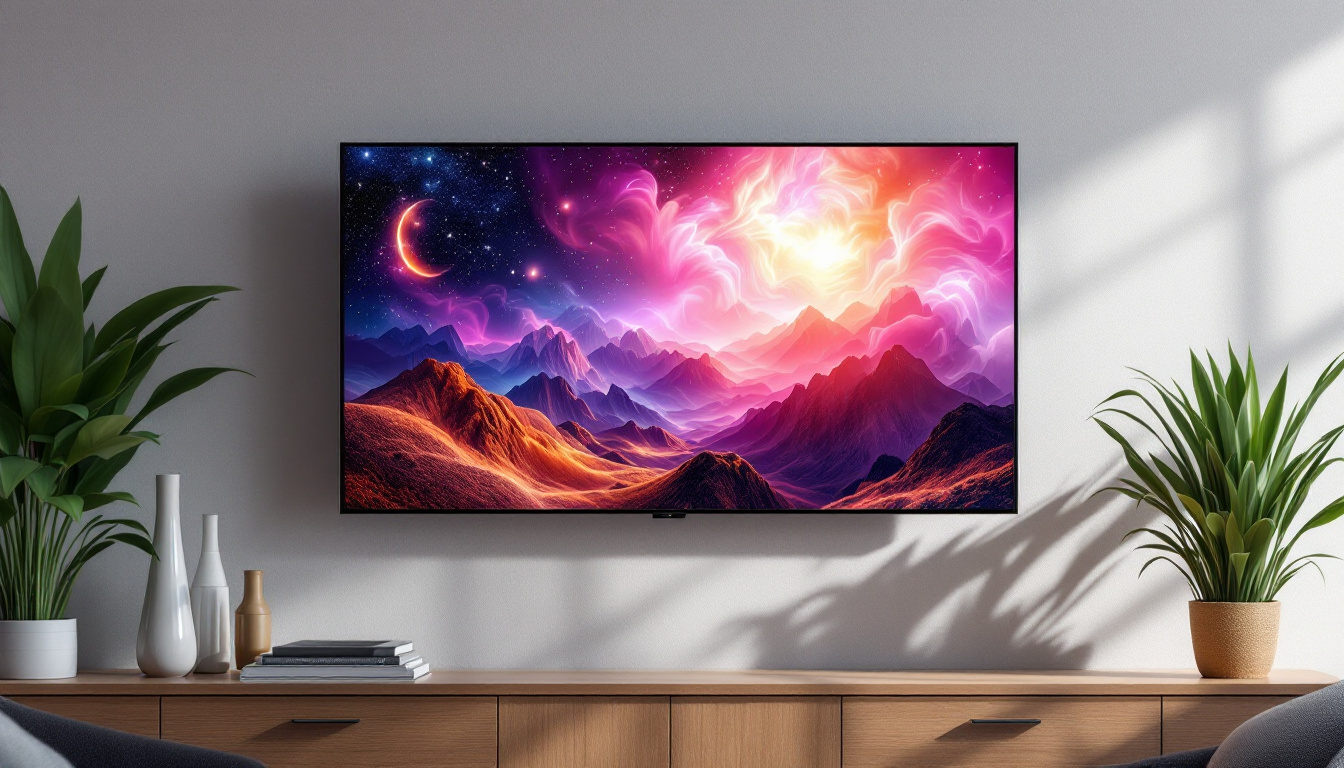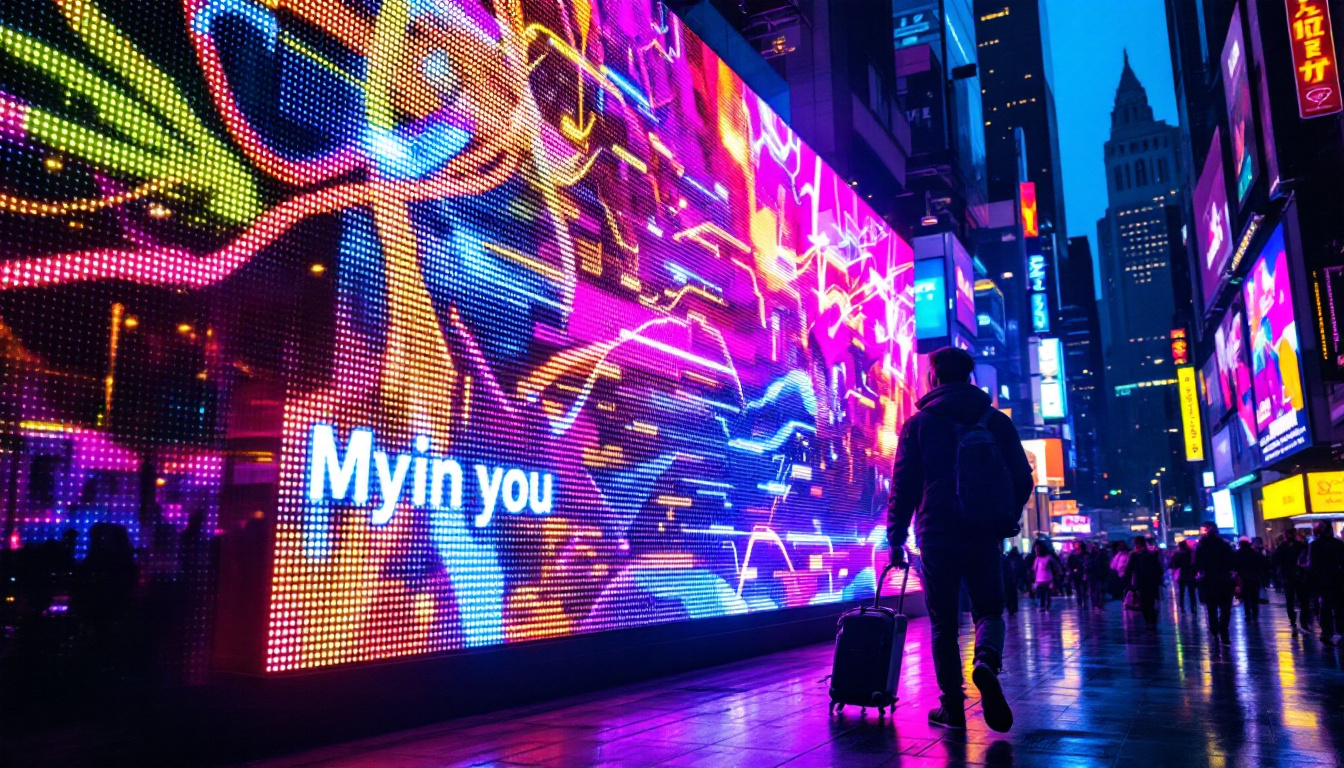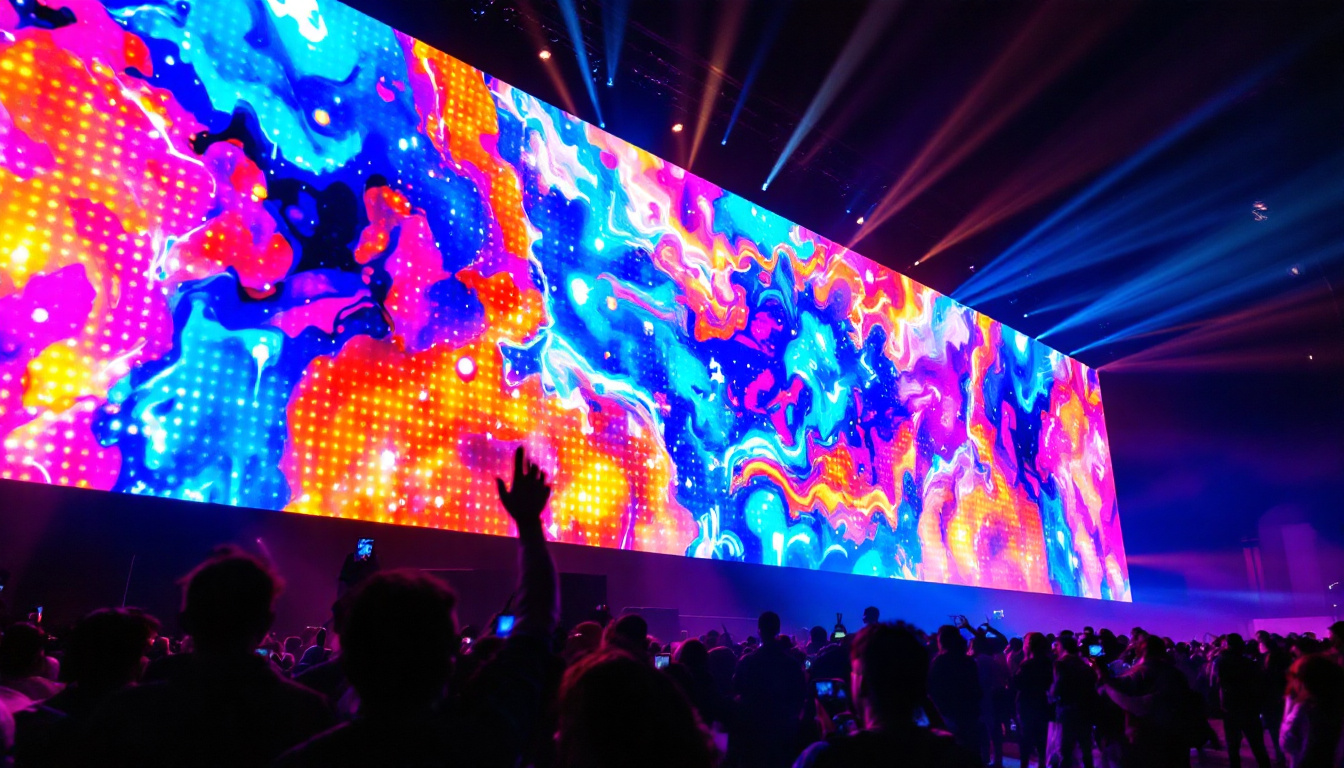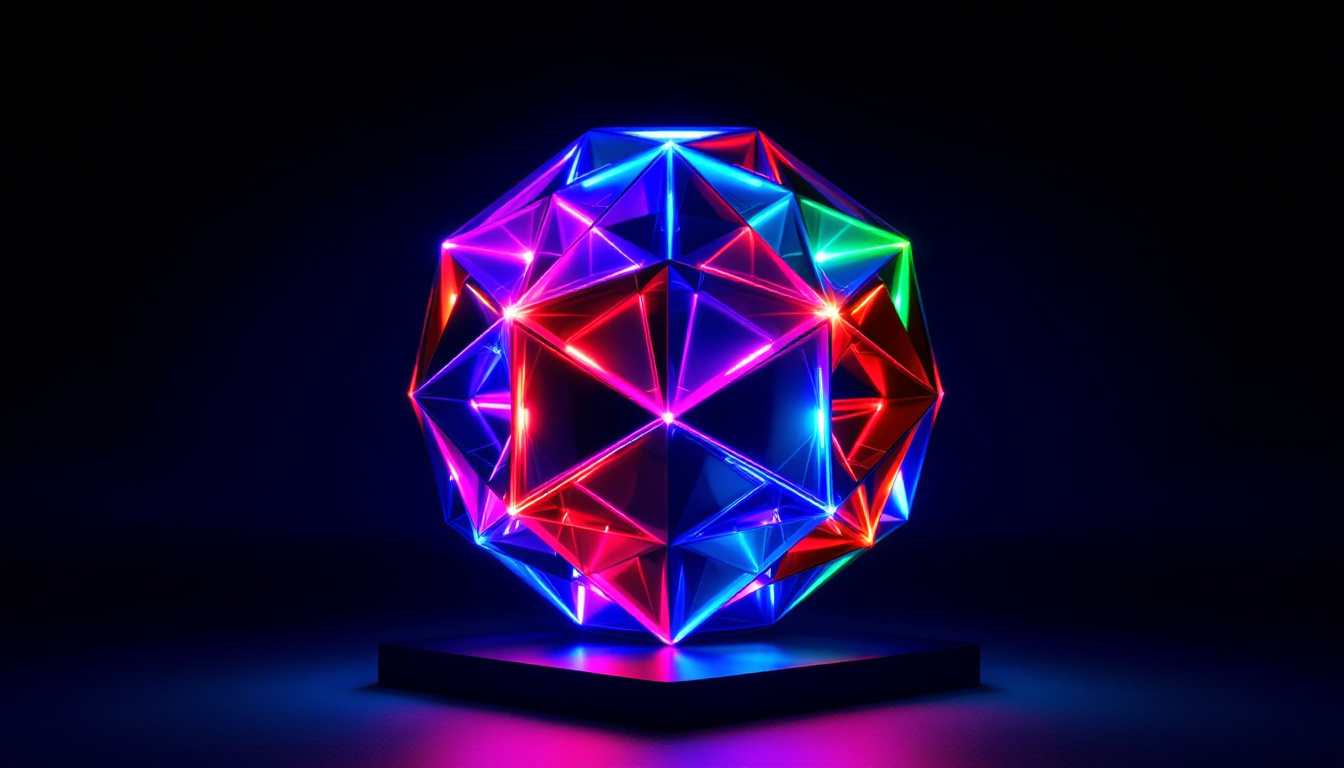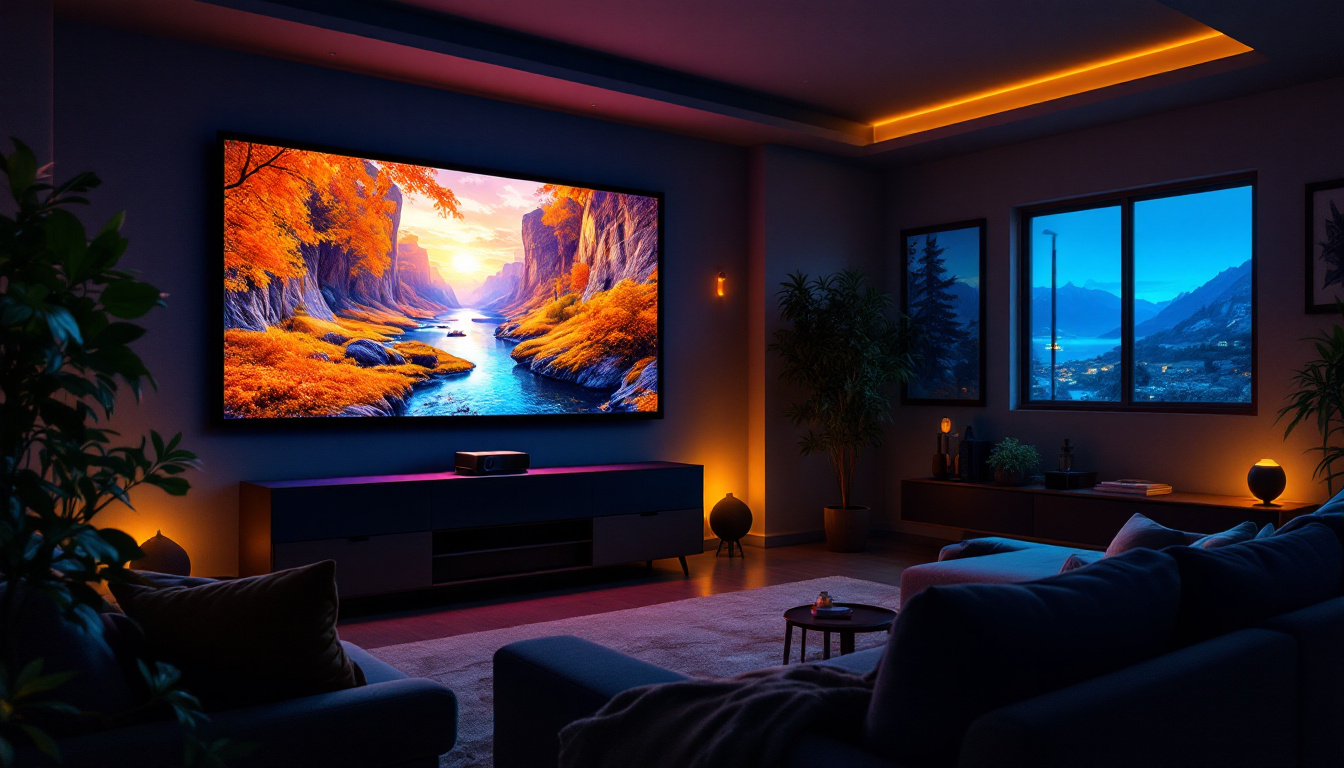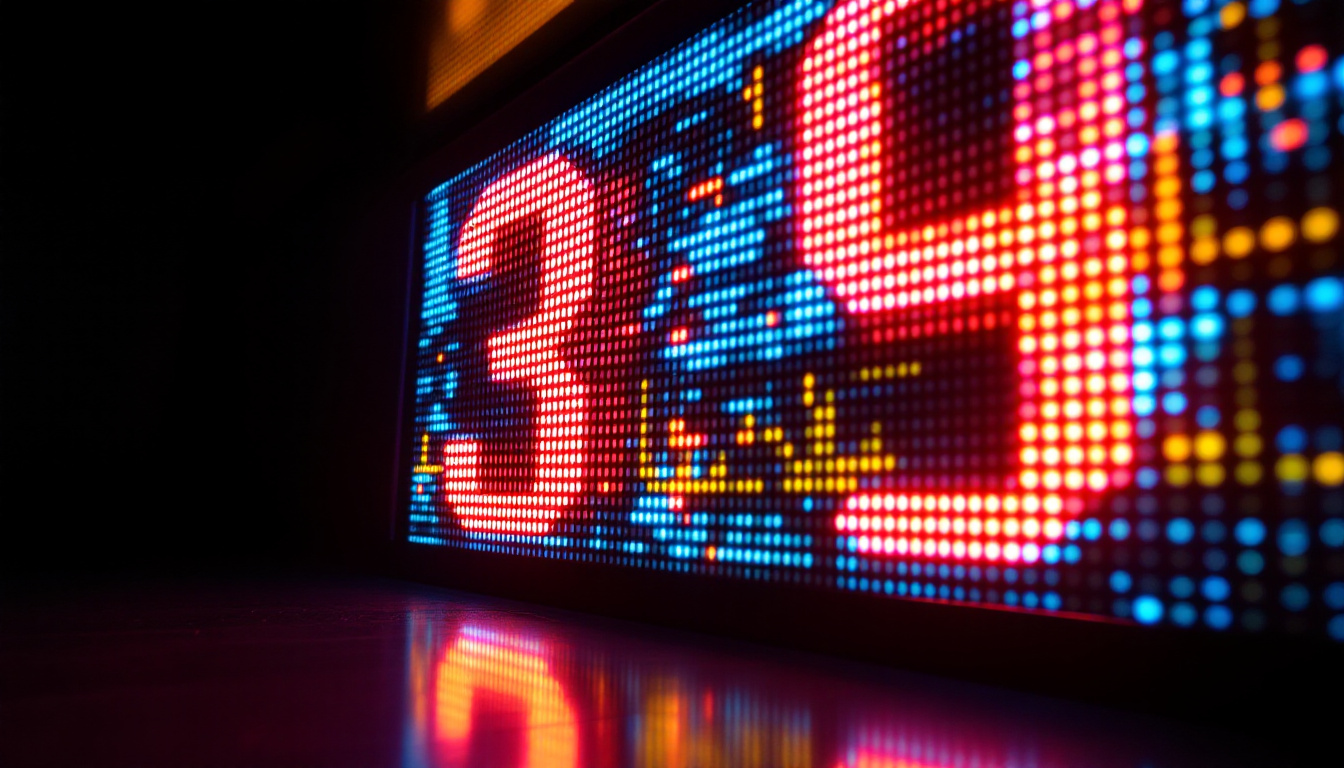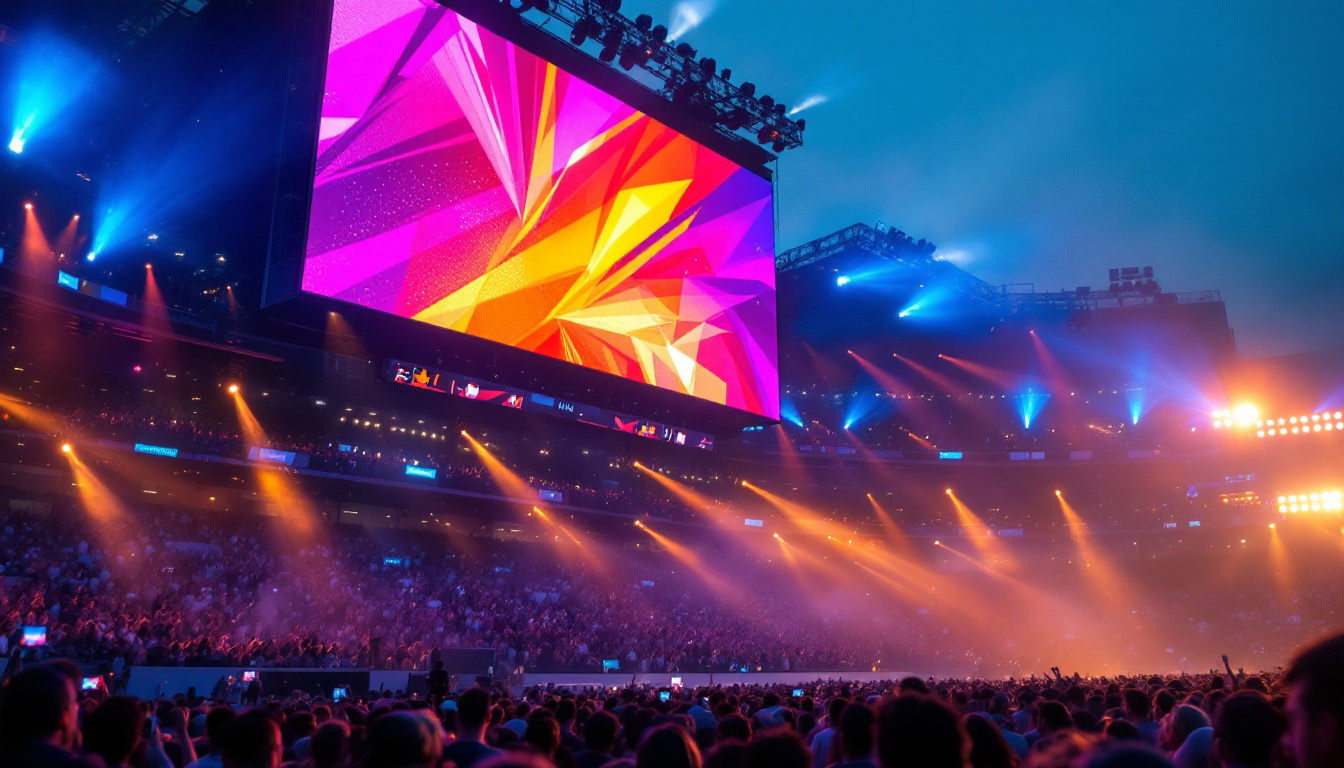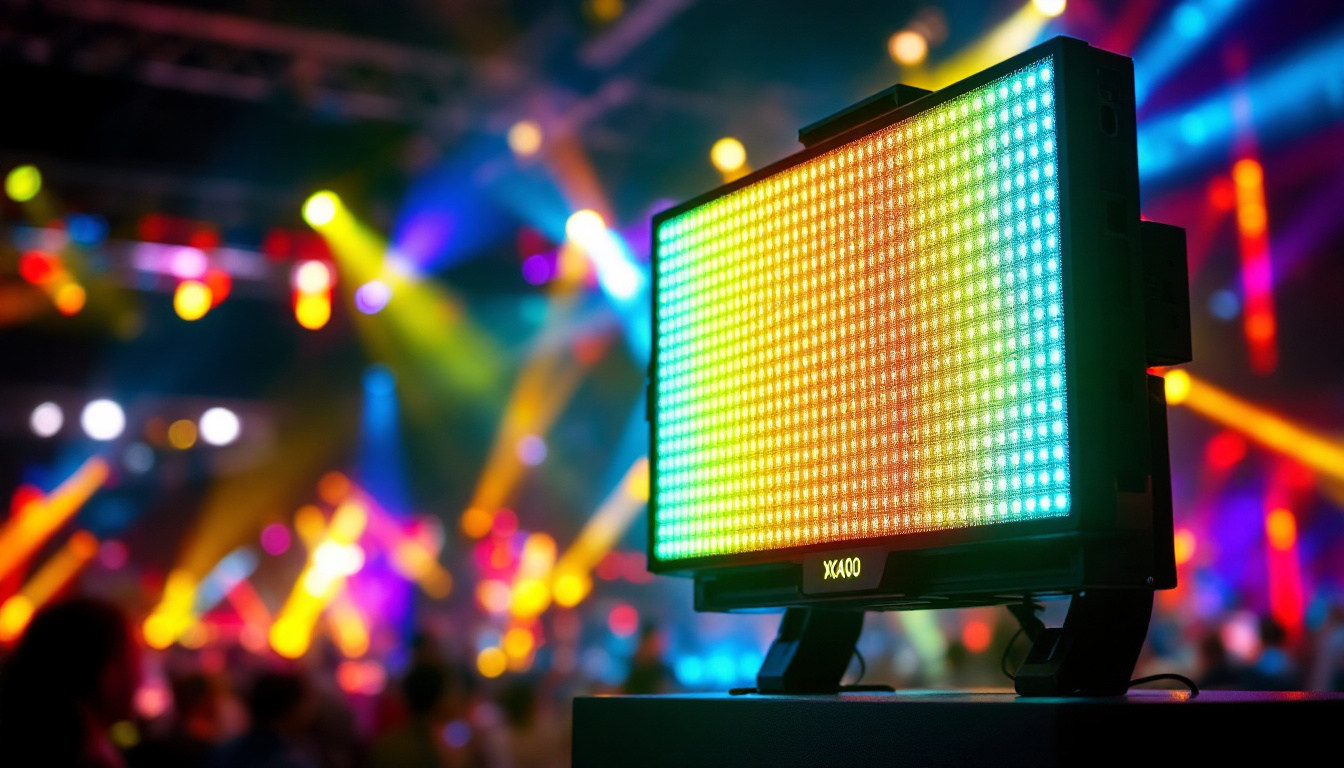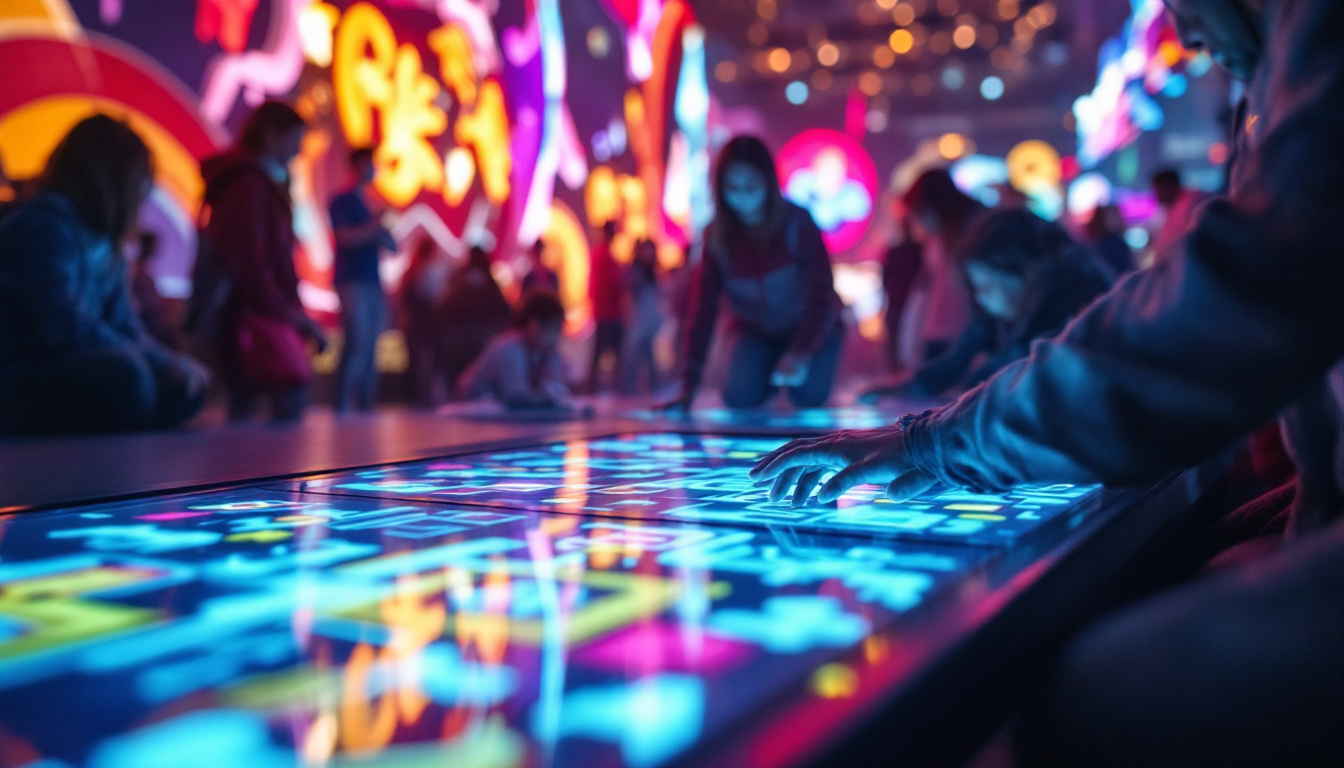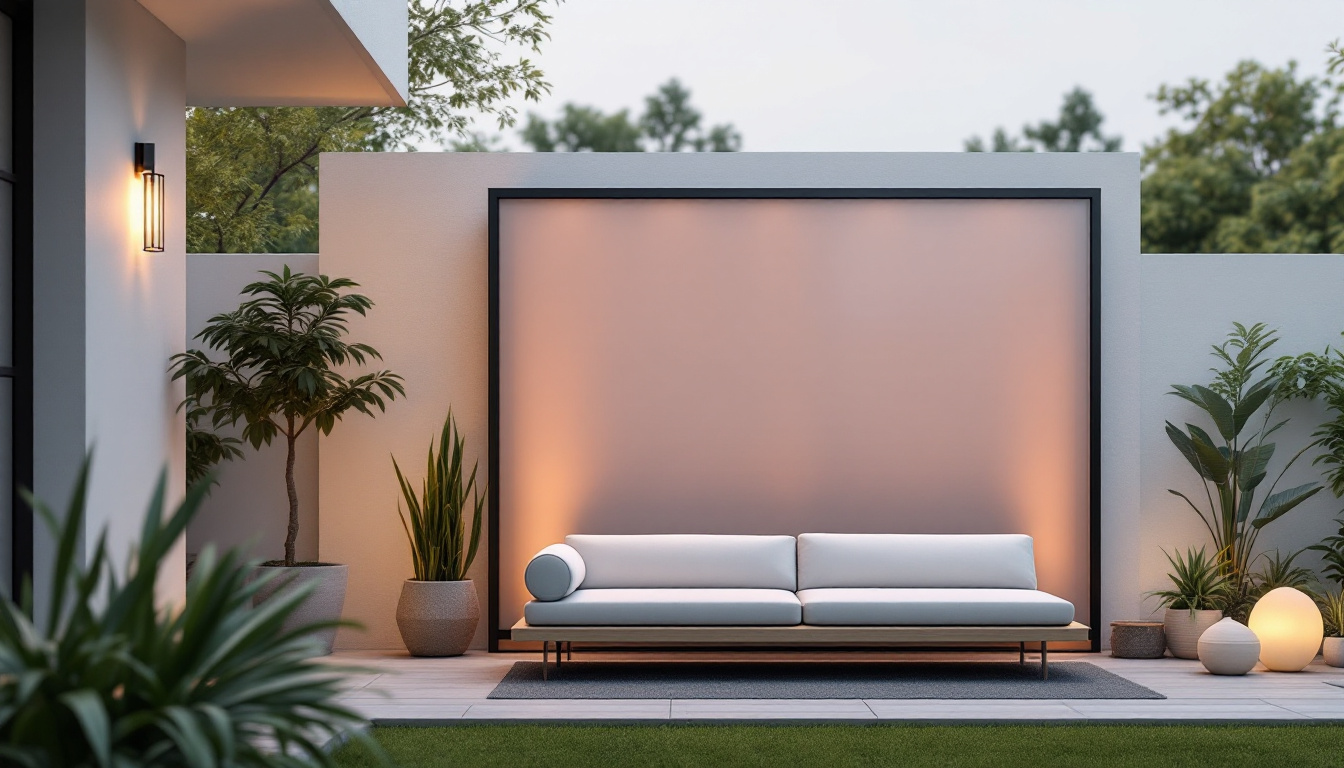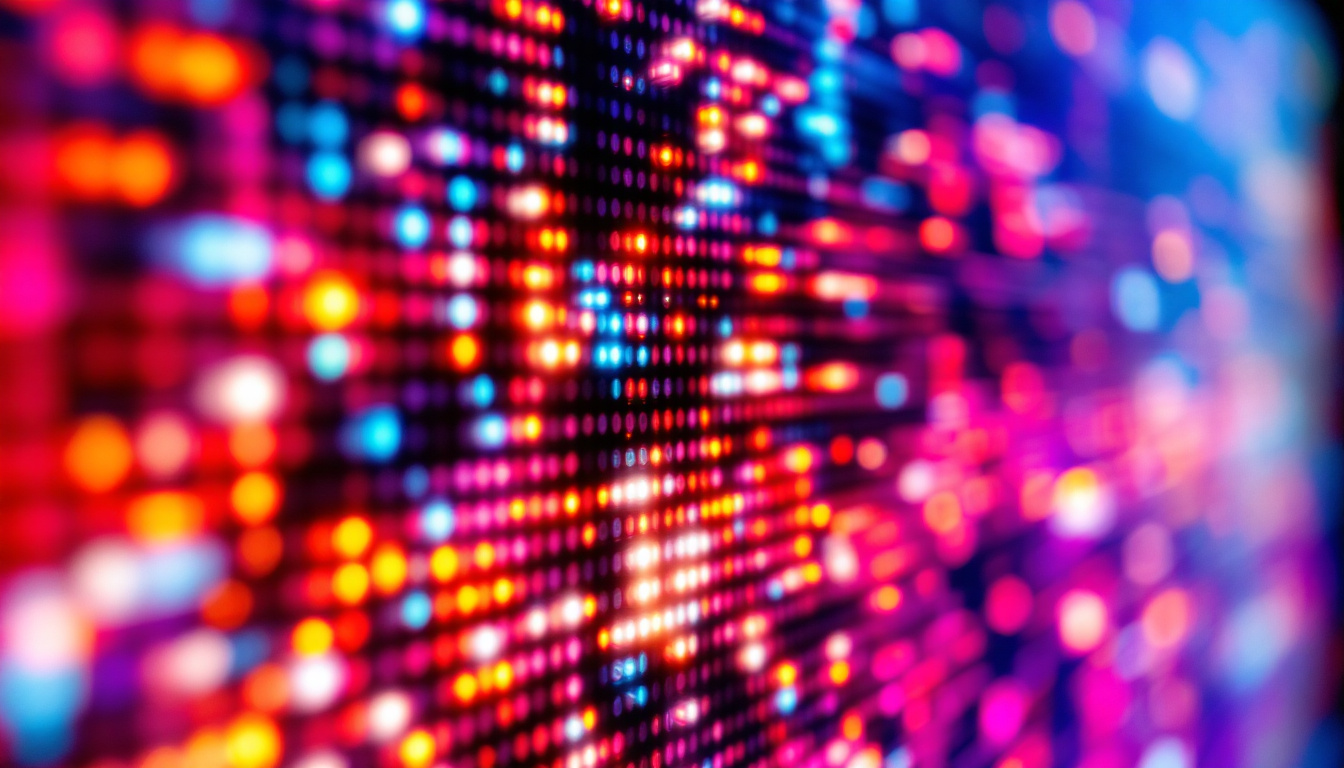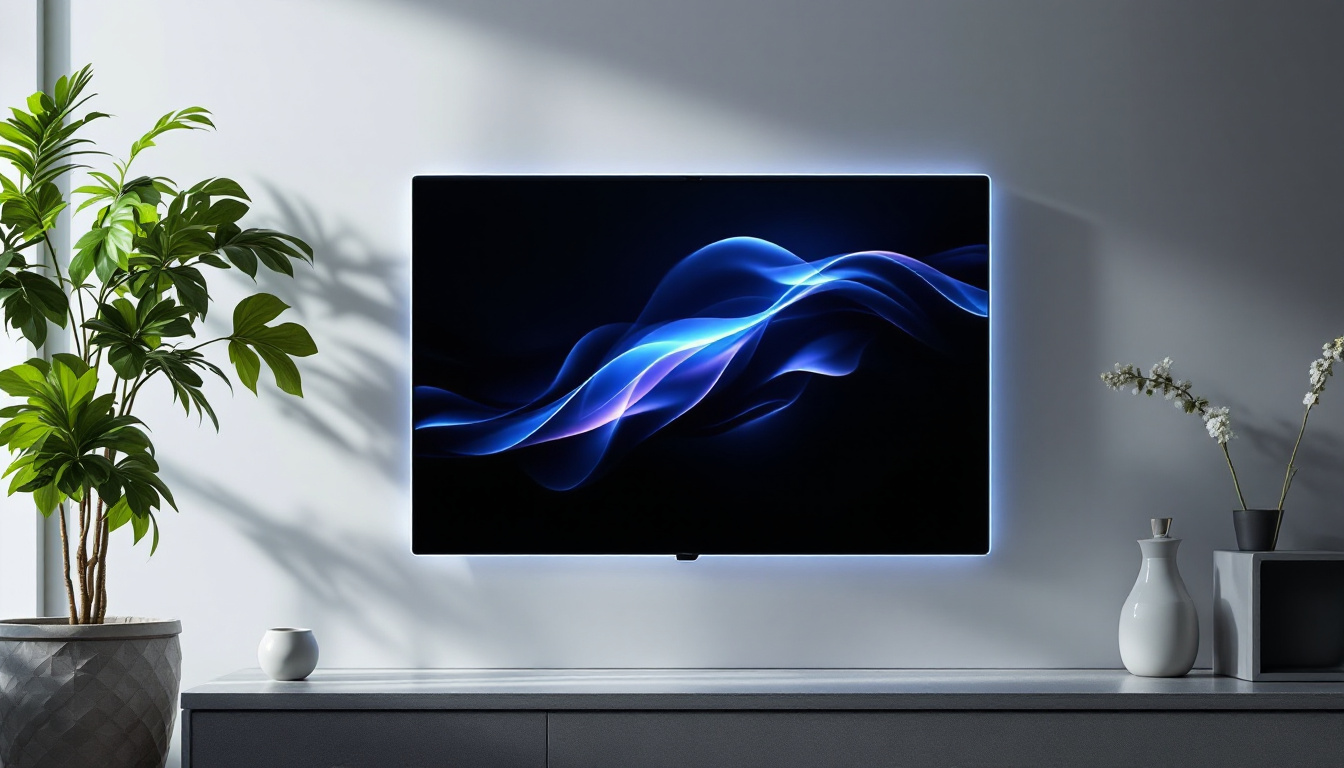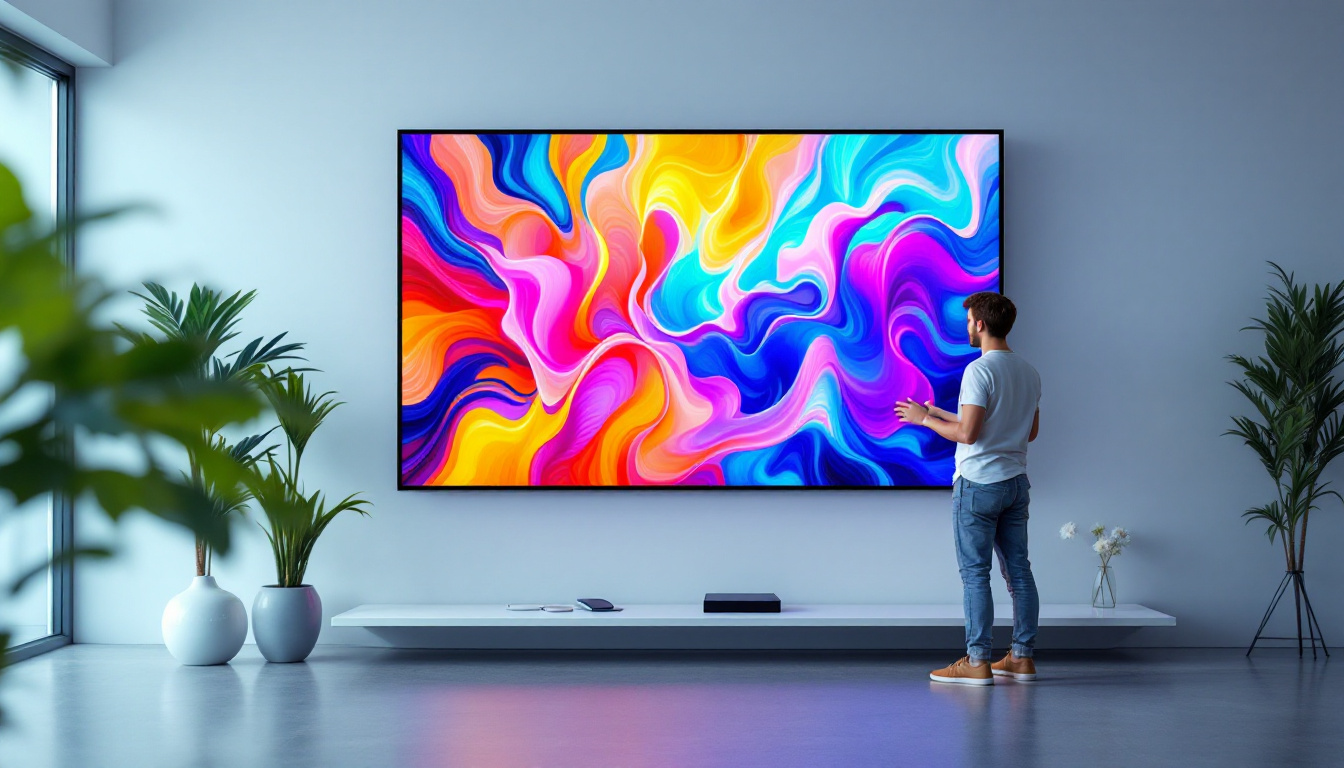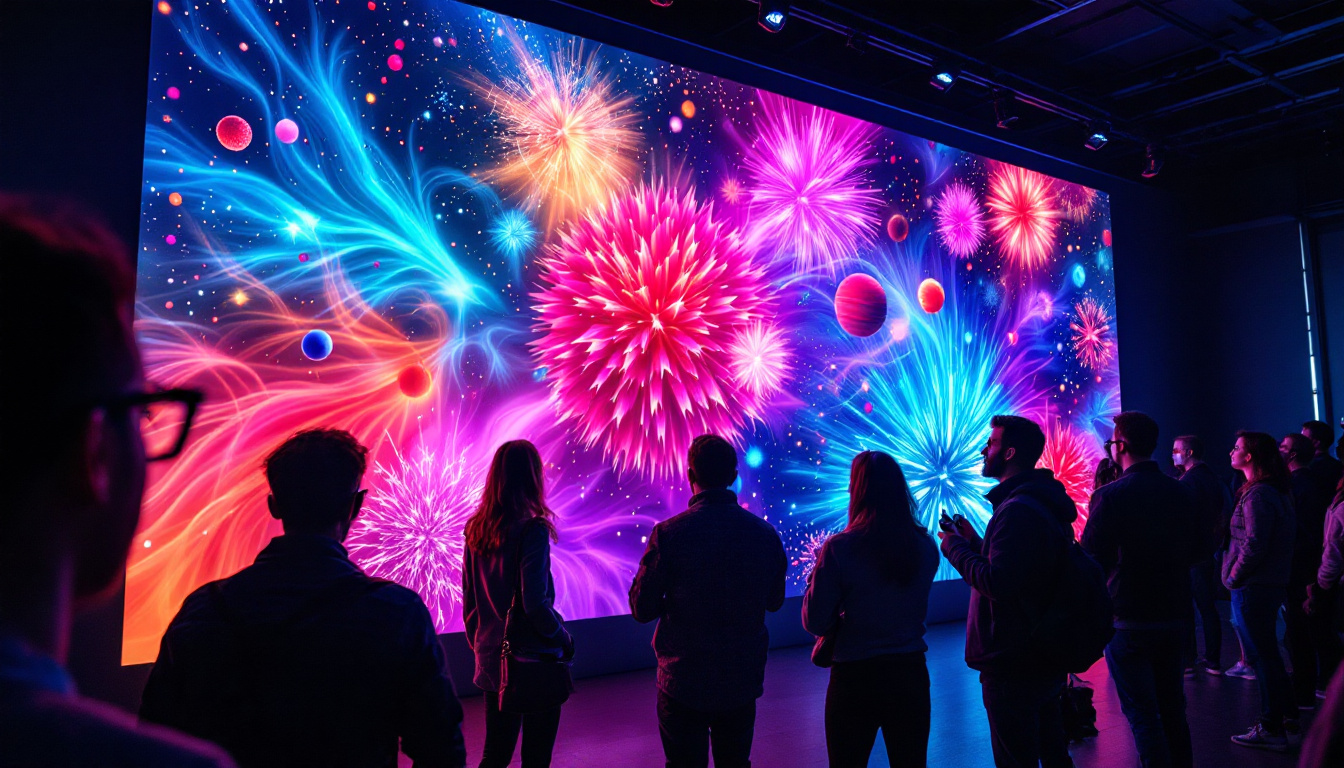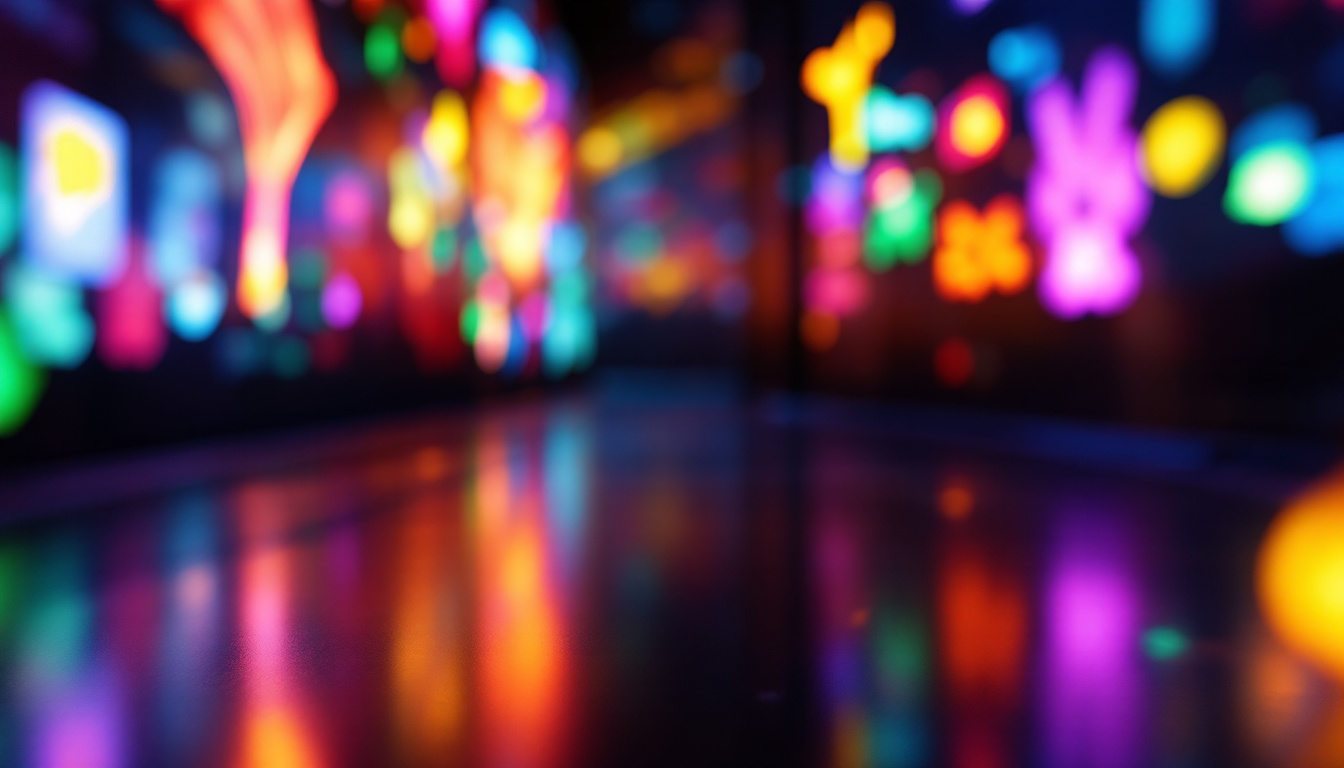In recent years, LED displays have gained immense popularity across various sectors, from advertising to entertainment and even in corporate environments. As technology evolves, the integration of fiber optics with LED displays has emerged as a game changer, enhancing the quality and efficiency of visual communications. This article delves into the intricacies of fiber video technology and its impact on LED displays.
Understanding LED Displays
LED displays utilize light-emitting diodes to produce images and videos. They are known for their vibrant colors, high brightness levels, and energy efficiency. The basic structure of an LED display consists of an array of pixels, each made up of red, green, and blue diodes that combine to create a full spectrum of colors. This technology has evolved significantly over the years, leading to displays that not only enhance visual experiences but also cater to various industries, from entertainment to retail.
As the demand for high-quality visual content continues to grow, LED displays have become a cornerstone in modern technology. Their ability to deliver sharp images and dynamic visuals makes them ideal for everything from concert stages to sports arenas. Furthermore, advancements in LED technology have led to the development of high-resolution displays that can showcase intricate details, making them perfect for applications where clarity is paramount, such as medical imaging and architectural visualization.
Types of LED Displays
There are several types of LED displays, each designed for specific applications. The most common types include:
- Direct View LED Displays: These displays are typically used for large outdoor advertising and events. They offer high brightness and can be viewed from a distance, making them ideal for billboards and stadium screens. Their rugged design ensures durability against various weather conditions, which is essential for outdoor usage.
- LED Backlit Displays: Commonly found in televisions and computer monitors, these displays use LEDs to backlight an LCD panel, enhancing color and contrast. The backlighting technology allows for thinner designs and improved energy efficiency, making them a popular choice for consumer electronics.
- MicroLED Displays: A newer technology that promises even better color accuracy and energy efficiency, MicroLEDs are made up of tiny individual LEDs that can create images without a backlight. This innovation not only results in deeper blacks and brighter whites but also offers the potential for modular displays that can be customized to any size or shape, revolutionizing how we think about screens.
Advantages of LED Technology
The advantages of LED displays are numerous. They are energy-efficient, have a long lifespan, and offer superior image quality compared to traditional display technologies. Additionally, LED displays can be made flexible, allowing for creative installations that were previously impossible. This flexibility opens up new avenues for artistic expression and innovative design, enabling architects and designers to integrate displays seamlessly into their projects.
Moreover, the rapid response time of LED displays makes them ideal for applications requiring real-time updates, such as stock tickers or live event broadcasting. The ability to display high frame rates without motion blur enhances the viewing experience, particularly in fast-paced environments like sports or gaming. As technology continues to advance, we can expect LED displays to become even more integrated into our daily lives, from smart homes to interactive advertising, shaping the future of visual communication.
Introduction to Fiber Optics
Fiber optics is a technology that uses thin strands of glass or plastic (optical fibers) to transmit data as light signals. This method of data transmission is known for its speed and reliability, making it a preferred choice for telecommunications and networking. The rapid advancement of fiber optic technology has revolutionized the way we connect and communicate, enabling high-speed internet access and facilitating the growth of smart cities and the Internet of Things (IoT).
How Fiber Optics Work
Fiber optics operate on the principle of total internal reflection. When light travels through the fiber, it reflects off the walls of the fiber core, allowing it to travel long distances without significant loss of signal strength. This technology can transmit data at speeds that far exceed traditional copper cables. The core of a fiber optic cable is surrounded by a cladding layer that has a lower refractive index, which is crucial for maintaining the light within the core. This design not only enhances performance but also minimizes the risk of signal interference, making fiber optics a robust solution for modern communication needs.
Applications of Fiber Optics
Beyond telecommunications, fiber optics have found applications in various fields, including medical imaging, industrial automation, and, notably, in enhancing LED display technology. The ability to transmit high-quality video signals over long distances without degradation makes fiber optics an ideal partner for LED displays. In the medical field, fiber optic cables are used in endoscopes, allowing doctors to visualize internal organs with minimal invasiveness. This technology provides clearer images and better illumination than traditional methods, leading to improved diagnostic capabilities and patient outcomes. Additionally, in industrial settings, fiber optics are employed for sensors that monitor temperature, pressure, and other parameters in real-time, significantly enhancing safety and efficiency in manufacturing processes.
The Synergy of Fiber Video and LED Displays
The integration of fiber video technology with LED displays has revolutionized the way visual content is delivered. This synergy allows for high-resolution images and videos to be transmitted over long distances without loss of quality, making it a preferred choice for large-scale installations.
Benefits of Fiber Video in LED Displays
Utilizing fiber optics in LED displays offers several advantages:
- High Bandwidth: Fiber optics can transmit vast amounts of data, enabling high-definition video and images to be displayed seamlessly.
- Long-Distance Transmission: Unlike traditional cables, fiber optics can carry signals over several kilometers without signal degradation, making them ideal for large venues.
- Reduced Interference: Fiber optics are immune to electromagnetic interference, ensuring a stable and reliable signal for LED displays.
Real-World Applications
Fiber video technology is increasingly being used in various sectors. In sports arenas, for example, LED displays powered by fiber optics can deliver real-time statistics and high-definition replays to thousands of fans. Similarly, in corporate environments, large LED screens can display presentations and videos with crystal-clear clarity, enhancing communication and engagement.
Moreover, the entertainment industry has embraced this technology, using fiber video to create stunning visual experiences in concerts and theatrical productions. The ability to transmit high-resolution content over long distances allows for intricate lighting designs and immersive backdrops that captivate audiences. Additionally, in the realm of advertising, digital billboards equipped with fiber video technology can display vibrant, eye-catching advertisements that attract attention from afar, driving engagement and increasing brand visibility.
In educational settings, fiber video technology is also making waves. Universities and colleges are leveraging high-quality LED displays in lecture halls and auditoriums to enhance the learning experience. By providing clear visuals and interactive content, educators can better engage students, making complex topics more accessible. This trend is further supported by the rise of remote learning, where fiber video capabilities ensure that students can participate in live-streamed classes with minimal lag and maximum clarity, bridging the gap between traditional and digital education.
Challenges and Considerations
While the integration of fiber optics and LED displays presents numerous advantages, there are also challenges to consider. The initial investment in fiber optic technology can be significant, and the installation process requires specialized knowledge and skills.
Cost Implications
The cost of fiber optic cables and the associated infrastructure can be higher than traditional copper wiring. However, the long-term benefits, such as reduced maintenance costs and lower energy consumption, often outweigh the initial investment.
Installation and Maintenance
Installing fiber optic systems requires trained professionals who understand the intricacies of the technology. Additionally, while fiber optics are generally low-maintenance, any damage to the cables can be costly and complex to repair.
Future Trends in Fiber Video and LED Displays
The future of fiber video technology and LED displays is promising, with ongoing advancements in both fields. As demand for high-quality visual content continues to grow, innovations are expected to emerge that will further enhance the capabilities of these technologies.
Advancements in Technology
Emerging technologies such as 5G and advancements in fiber optic materials are set to improve the performance of LED displays. For instance, 5G networks will enable faster data transmission, allowing for even higher resolutions and more dynamic content on LED displays.
Environmental Considerations
As sustainability becomes a priority for many organizations, the energy efficiency of LED displays combined with the low-energy requirements of fiber optics makes this combination an environmentally friendly choice. Future developments may focus on further reducing the carbon footprint of these technologies.
Conclusion
The integration of fiber video technology with LED displays represents a significant leap forward in visual communication. By leveraging the strengths of both technologies, businesses and organizations can deliver high-quality, engaging content that captivates audiences. As advancements continue to unfold, the synergy between fiber optics and LED displays will undoubtedly shape the future of visual media.
Final Thoughts
In a world increasingly driven by visual content, understanding the technologies that power LED displays is essential. Fiber video technology not only enhances the capabilities of LED displays but also opens up new possibilities for creative and impactful communication. As this technology continues to evolve, it will be exciting to see how it transforms the way information is shared and experienced.
Explore Cutting-Edge LED Display Solutions with LumenMatrix
As we embrace the future of visual communication, LumenMatrix stands at the forefront, offering an array of innovative LED display solutions tailored to your needs. From Indoor and Outdoor LED Wall Displays to specialized options like Vehicle, Sports, and Floor LED Displays, our products are designed to captivate and engage. Discover how our Custom, All-in-One, and Transparent LED Displays can transform your visual storytelling and elevate your brand’s presence. Experience the revolution in digital signage and take the first step towards impactful visual engagement by visiting LumenMatrix LED Display Solutions.

